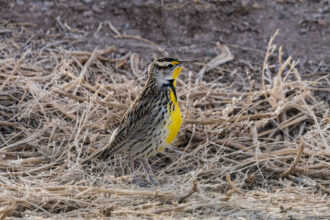
Science
Advances in knowledge about climate change and the effects of warming on our world and way of life.


Apple Goes a Step Too Far in Claiming a Carbon Neutral Product, a New Report Concludes
By Phil McKenna
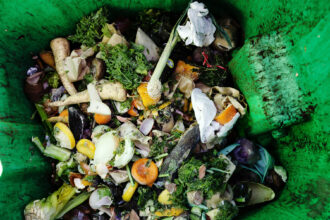
Why New York’s Curbside Composting Program Will Yield Hardly Any Compost
By Jake Bolster
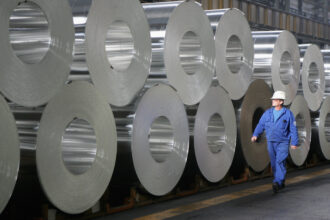
Crucial for a Clean Energy Economy, the Aluminum Industry’s Carbon Footprint Is Enormous
By Phil McKenna

A Drop in Emissions, and a Jobs Bonanza? Critics Question Benefits of a Proposed Hydrogen Hub for the Appalachian Region
By Jon Hurdle

EPA Approves Permit for Controversial Fracking Disposal Well in Pennsylvania
By Jake Bolster

Q&A: How the Wolves’ Return Enhances Biodiversity

Crowding Out Cougars
By Liza Gross, Photos by Michael Kodas

Like Canaries in a Coal Mine, Dragonflies Signal Threats to Freshwater Ecosystems
By Juanita Gordon

What High Heat in the Classroom Is Doing to Millions of American Children
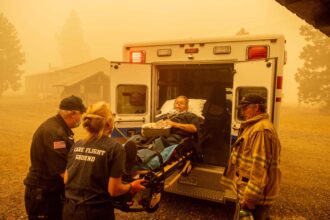
A Medical Toolkit for Climate Resiliency Is Built on the Latest Epidemiology and ER Best Practices
By Danish Bajwa

Lobstermen Face Hypoxia in Outer Cape Waters
By Georgia Hall, Provincetown Independent

New Research Shows Direct Link Between Greenhouse Gas Emissions and Polar Bear Decline
By Bob Berwyn

Scientists Find Success With New Direct Ocean Carbon Capture Technology
By Ananya Chetia
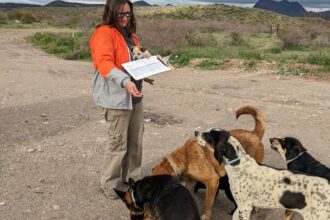
Could ‘One Health’ be the Optimal Approach for Human, Animal and Environmental Health?
By Emma Peterson

Warmer Waters Put Sea Turtles on a Collision Course With Humans
By Georgia Hall, Provincetown Independent

Florida Pummeled by Catastrophic Storm Surges and Life-Threatening Winds as Hurricane Idalia Makes Landfall
By Amy Green
